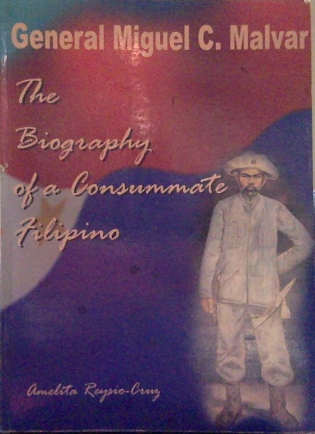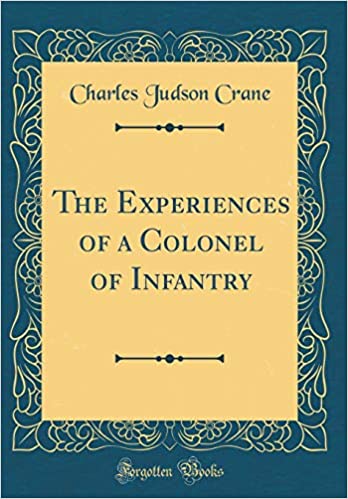References
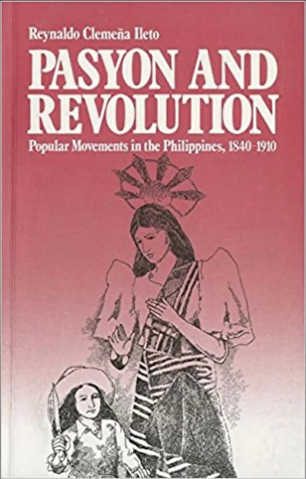
Pasyon and Revolution, unlike earlier Philippine historical writings that use largely the Filipino educated elite's categories of meaning, seeks to interpret Philippine popular movements in terms of perceptions of the masses themselves. Ileto submits to varied kinds of analyses standard documents as well as such previously ignored sources as folk songs, poems, and religious traditions, in order to articulate hidden or suppressed features of the thinking of the masses. Paramount among the conclusions of the book is that the pasyon, or native account of Christ's life, death and resurrection, provided the cultural framework of movements for change. The book places the Philippine revolution in the context of native traditions, and explains the persistence of radial peasant brotherhoods in this century. Seen as continuous attempts by the masses to transform the world in their terms are the various movements that the book analyzes - Apolinario de la Cruz's Cofradia de San Jose, Andres Bonifacio's Katipunan, Macario Sakay's Katipunan, Felipe Salvador's Santa Iglesia, the Colorum Society, and other popular movements during the Spanish, revolutionary, and American colonial periods.
More Info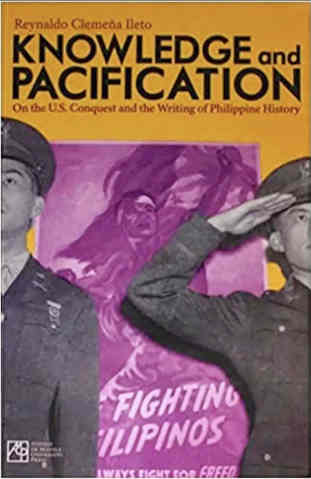
This book shows us how to think about the American century in the Philippines in another way. Colonial representations of the revolution and resistance to U.S. occupation have been contested quite effectively. But the bigger challenge, or rather pressing task, is to interrogate some basic notions that undergird our understanding of Philippine politics--notions that owe their provenance to early attempts by U.S. officials and scholars to pacify the enemy.
More Info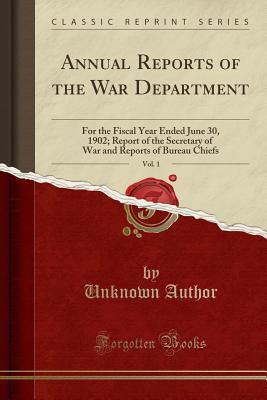
Excerpt from Annual Reports of the War Department, Vol. 9: For the Fiscal Year Ended June 30, 1902; Report of the Secretary of War and Reports of Bureau Chiefs
I have the honor to submit the following report of operations of this Department for the past year: On November 27, 1901, the date of the last annual report of the Secretary of War, the Army of the United States, according to the latest reports which had been received from the field, consisted of officers and enlisted men. In addition there were men in the hospital corps; 172 volunteer surgeons appointed for duty in the Philippines under the provisions of section 18 of the act of February 2, 1901; native scouts under the command of 98 officers in the Philippines, and 25 officers and 815 men of the Porto Rico Provisional Regiment of Infantry.
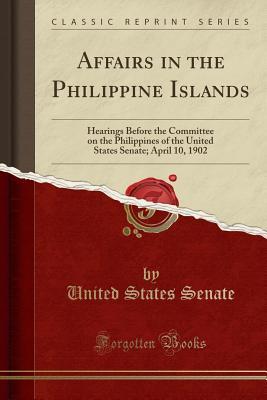
Excerpt from Affairs in the Philippine Islands: Hearings Before the Committee on the Philippines of the United States Senate; April 10, 1902
In addition to that, Mr. Sixto Lopez, in company with Mr. Fiske Warren and the former's secretary, Mr. Patterson, had made announcement of their intensions, which reached the Philippines, of coming there and taking a census as to the opionions of the people on independence or otherwise, procuring the consent of General Chaffee and myself on the one hand and of General Malvar on the other, and going through the country and discussing the question of independence.
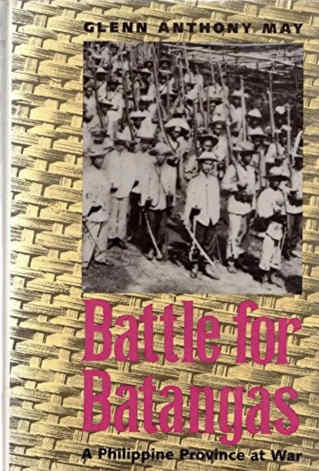
This study of the Battle for Batangas province during the Philippine-American War of 1899-1902 is both an account of what life was like for the soldiers and civilians who participated in the war, and a revision of established scholarship that has viewed the masses as the backbone of the conflict.
More Info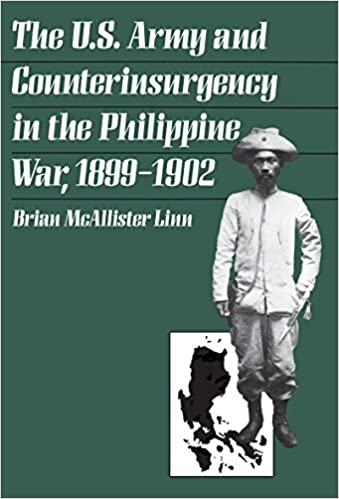
After defeating the Philippine Republic's conventional forces in 1899, the U.S. Army was broken up into small garrisons to prepare Luzon for colonial rule. The Filipino nationalists transformed their resistance into a guerrilla warfare that varied so greatly from region to region in its organization, strategy, and tactics that early American attempts at centralization and nonmilitary pacification were useless. The study offers new insights for counterinsurgency theory and for the study of America's military experience in Asia.
Copy of the book for Educational Purposes can be found here
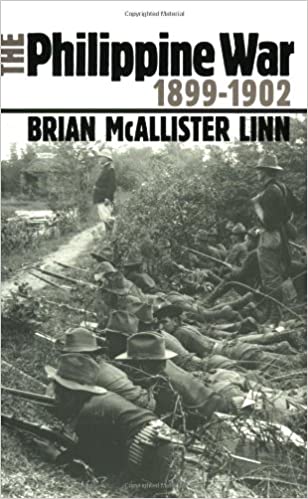
This year begins the centennial of the Philippine War, one of the most controversial and poorly understood events in American history. The war thrust the U.S. into the center of Pacific and Asian politics, with important and sometimes tragic consequences. It kept the Filipinos under colonial overlordship for another five decades and subjected them to American political, cultural, and economic domination
More Info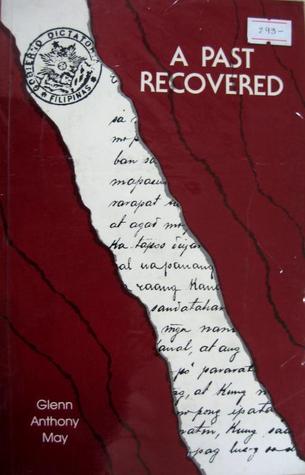
No scholarly article in recent memory has caused as much controversy in Philippine academic circles as Glenn May's "A Past Revisited, A Past Distorted," an extended critique of the "nationalist" school of Philippine historiography that appeared in the Diliman Review in 1983. That article serves as the starting point of this volume of essays by Professor May, one of the most respected historians of the Philippines in the United States. Relying on a wide range of primary sources, most of them archival, he takes issue with several articles of faith of the nationalists--among them, the notion that the Philippine-American War was a genuine popular struggle. But May does not confine his critical comments to the nationalists. He argues as well that a number of widely-accepted ideas about the Philippine past--for example, the belief that holders of elective office in Philippine municipalities during the Spanish era were the actual holders of political power--are nothing more than myths. Furthermore, in his final essay, he takes some healthy swipes at the scholarly contributions of academics situated on both the right and the left sides of the ideological spectrum.
More Info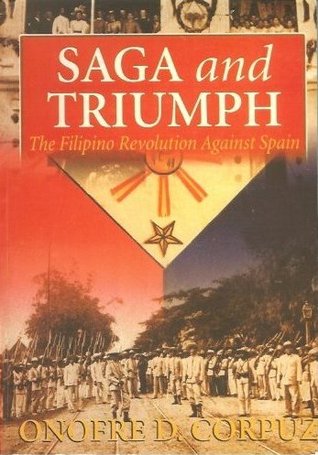
This history tells the story of the Filipino Revolution in its full compass. The emergence of the young nation, whose people identified Filipinas, not Spain, as the Motherland. The revolution as military struggle; the triumph of the Army of the Liberation of Filipinas against the regiments and brigades of a European army--the latter reenforced with 45,000 troops from Spain. The central revolutionary government and working civilian local governments, ultimately organized in January 1899 as the first constitutional democratic republic in Asia. This work is clearly a patriotic history and depicts the Filipinos of the Revolution as a worth people whose constancey to their ideals lifted them over challenges and reverses. In his own words, Corpuz offers this work as a contribution to the enrichment of the Filipino's collective memory.
More Info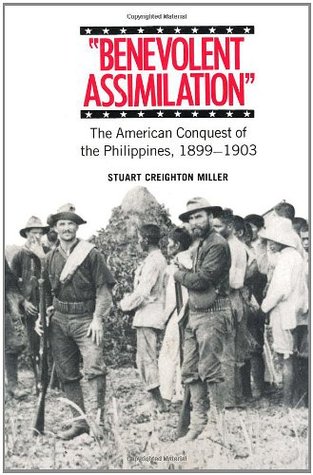
American acquisition of the Philippines and Filipino resistance to it became a focal point for debate on American imperialism. In a lively narrative, Miller tells the story of the war and how it challenged America’s sense of innocence. He examines the roles of key actors—the generals and presidents, the soldiers and senators—in America’s colonial adventure.
More Info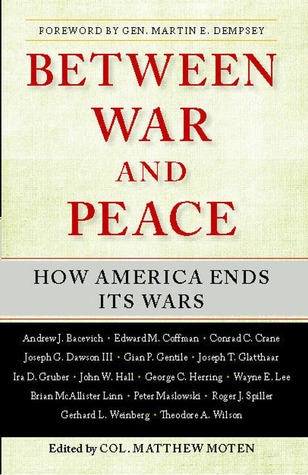
As the United States attempts to extricate itself from two long and costly wars in Iraq and Afghanistan, nothing could be more vital than a thorough examination of the way America has ended its major conflicts in the past.
As it fills an important gap in military history, Between War and Peace is bound to be a pillar of military academy and college curricula. The book presents fifteen essays by leading American historians, each of which deals in fascinating detail with the aims of these wars, their predominant strategies, their final campaigns, the course and causes of termination, and their ramifications for the nation’s future. Taken together, they will be a groundbreaking addition to the canon of military history.
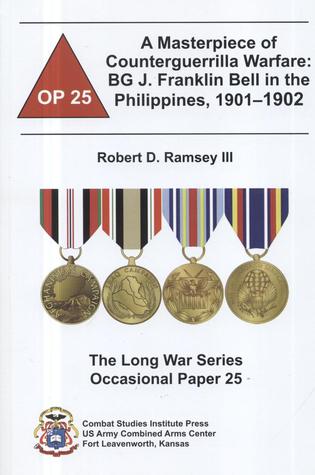
Focuses on Brigadier General J. Franklin Bell's operations in the Philippines from 1901-2. Along with a strong introduction, this work presents the collected messages and circulars issued by Bell to his subordinate commanders, as well as the text of the famous General Order 100. Together, these documents illustrate Bell's vision that pointed toward victory and his determination to act decisively. This occasional paper is a valuable addition to the education of all military professionals. Considered a companion volume to OP 24.
More Info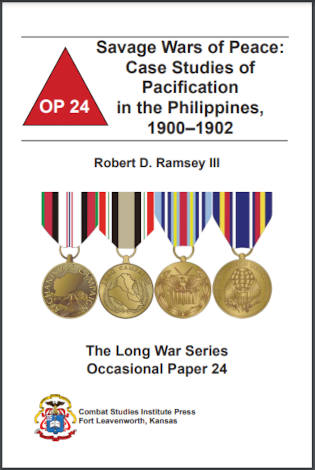
Insightful and in-depth look at the guerilla stages of the PH-American War, but lacks nuance with regards to the atrocities committed by the Americans and the on-ground effects of the COIN efforts on civilians (which is to be expected anyway from a book written from the U.S. military POV for their own consumption).
The author does a very good job of describing socio-cultural challenges in the specific context of COIN and how they impacted military decision-making across the operational spectrum. However, I have the same complaint with this book that I had with those by SORO; it almost completely neglects the intelligence aspect of the situation. Regarding US forces, the author merely mentions in each case study how the lack of an intelligence staff negatively impacted operations, but a substantive discussion of insurgent intelligence is completely missing.
The US Military shared a copy of the book here
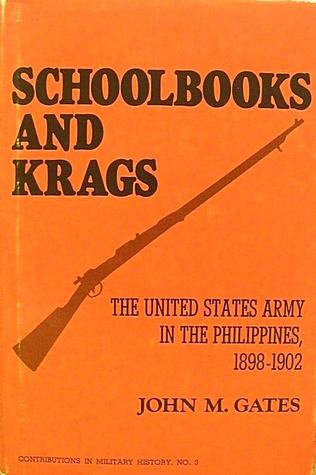
Schoolbooks And Krags is a work that studies the Philippine War of 1899-1902. This work serves as a useful corrective to the Philippine War is Vietnam school of thought that dominated the historiography of this conflict from the 1960-1980s. In this work Gates does an exultant job laying out the history of the war and the activities that the US Army understood to suppress Filipino resistance to American rule. He is able to demonstrate that "benevolent assimilation" was the main policy carried out by US forces to pacify the Philipines. Although Gates does admit that atrocities did happen (on both sides), he is possibly a bit to kind to US forces and does not stress these negative actions enough. That being said, that is a minor failing, and overall this is a good, if slightly dated, work.
More Info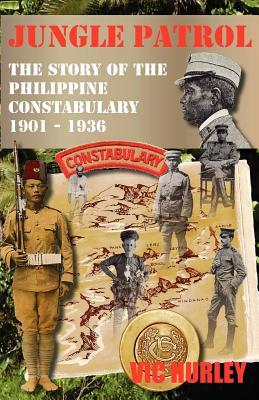
Vic Hurley's book is a brilliant narration of how these outfought-never events took place, notwithstanding the fact that it was the US military\d with efficiency even if they were under-provisioned and under-compensated.
Interestingly, the chronicle has also captured the music that characterized PC glory outside of the jungle-patrol zone: the Philippine Constabulary Band. For winning prizes in spite of unfortunate events like a power outage during their performance, the formidable PC Band would earn international respect and admiration for the entire quasi-military force.
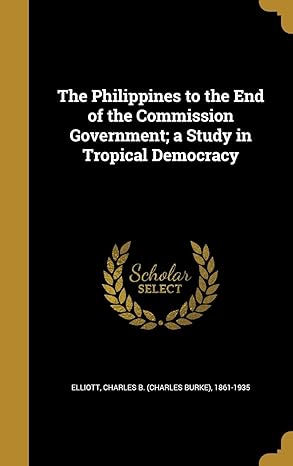
This work has been selected by scholars as being culturally important, and is part of the knowledge base of civilization as we know it. This work is in the "public domain in the United States of America, and possibly other nations. ...
More Info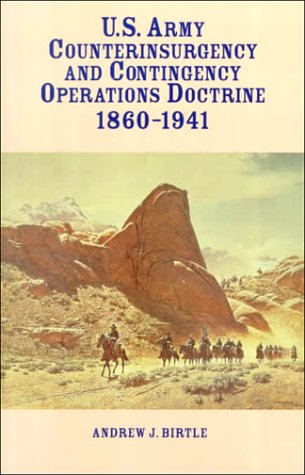
Birtle begins by examining the concepts and doctrine of counterinsurgency warfare and how the groundwork was laid from 1861-1865. Following this background, Birtle details what he calls the Constabulary Years, 1865-1898, on the American frontier. I found this the most interesting chapter because the author peels away the sanitized myths we all grew up with, courtesy of novels and movies. The U.S. Army developed a significantly effective counter-guerrilla doctrine during these years, and Birtle emphasizes how these operations significantly improved the professionalism and efficiency of the Army.
More Info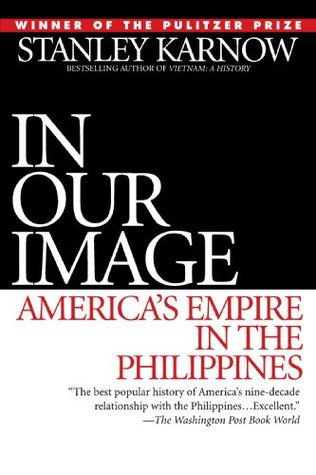
Traces the history of the Philippines, discusses the influence of Spain and the United States, and looks at the problems facing the Philippines today.
More Info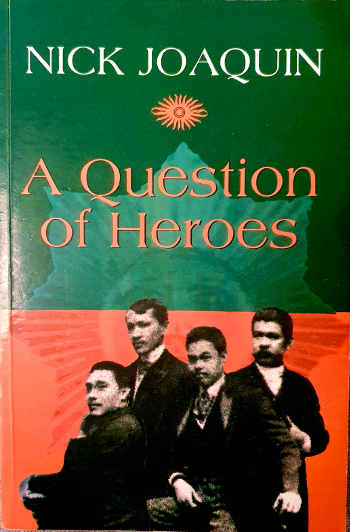
Through his critical essays on ten key figures in Philippine history, Nick Joaquin provides a fresh point of view on Philippine heroes and their role in the Philippine revolutionary tradition.
More Info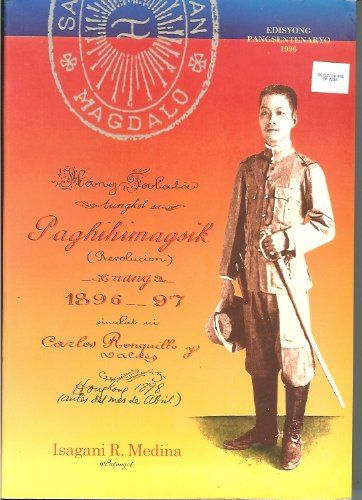
...Bagamat hindi inilihim ng may-akda ang kanyang pagkiling sa panindigan ng mga humahana't sumusuporta sa katwiran, karapatan, at kapasiyaasiyahan ni Heneral Emilio Aguinaldo bilang halal na pinuno ng himagsikan, binigyan din niya ng mahalagang pansin, diin, at kaluwagan ang mga iba't-ibang pananaw at katwiran ng kabilang panig. Dahil sa kanyang mahusay na pananaliksik at makabayang pananaw, naipaliwanag ni Dr. Medina ang tunay na kahulugan ng himagsikan bilang sagisag at diwa ng pambansang kilusan tungo sa kasarinlan." -- Dr Samuel K. Tan Board Member NHI
More Info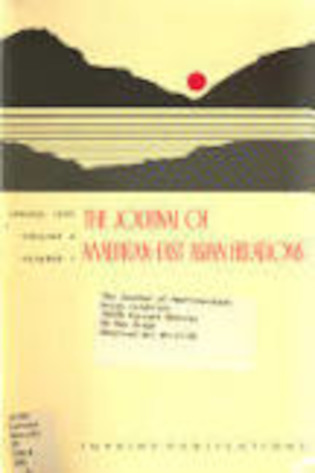
“External Discipline during Conterinsurgency: A Philippine War Case Study, 1900—1901.” The Journal of American-East Asian Relations, vol. 4, no. 1, Brill, 1995, pp. 29–48
More Info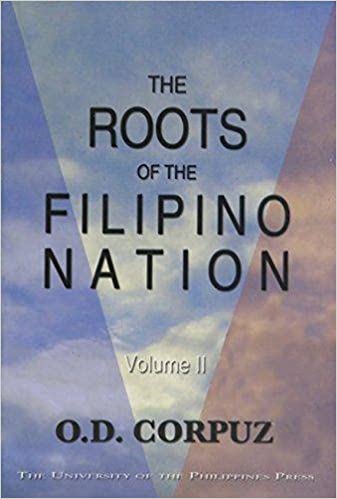
This two-volume work covers the time before the arrival of the Spaniards to the period immediately after the Filipino–American War - A more readable and stimulating read than the first, the second volume of the historical study covers the period leading to the revolution of 1896 and the men responsible for it to the origin of American colonial rule. Corpuz rounds out the series with a fine analysis of post-colonial Philippines. I like how he calls Aguinaldo and his generation the last romantics, when liberty and love for country were the motives in most men's minds.
More Info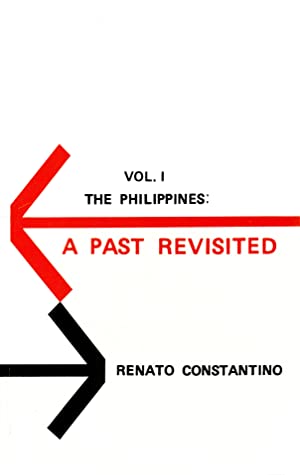
This book is Constantino's attempt at a major breakthrough in Philippine historiography: he looks at the oppression of the Filipino masses from earliest time to 1941 and the struggle of men like himself to crack through the stereotypes hitherto propagated by Spaniards and Americans about the Filipinos.
More Info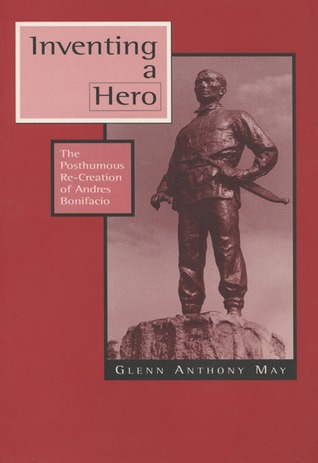
In this carefully researched work, Glenn May sifts through the slender documentary legacy that Bonifacio left behind after his execution in 1897. Through a close reading of these texts, he uncovers a history of mythmaking in the service of nationalism. Our contemporary image of Bonifacio is the sum of unreliable personal testimony and dubious, possibly doctored, documents. If the real history of the Philippine Revolution is to be written, May concludes, historians will have to break through these heroic myths and admit to the limitations of the existing sources.
More Info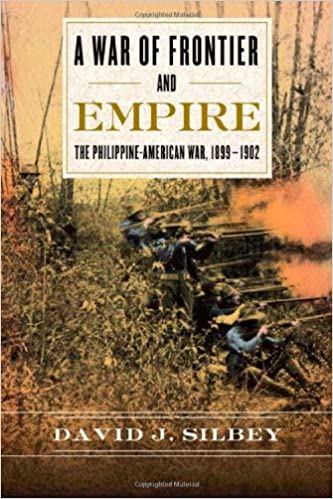
It has been termed an insurgency, a revolution, a guerrilla war, and a conventional war. As David J. Silbey demonstrates in this taut, compelling history, the 1899 Philippine-American War was in fact all of these. Played out over three distinct conflicts--one fought between the Spanish and the allied United States and Filipino forces; one fought between the United States and the Philippine Army of Liberation; and one fought between occupying American troops and an insurgent alliance of often divided Filipinos--the war marked America's first steps as a global power and produced a wealth of lessons learned and forgotten.
More Info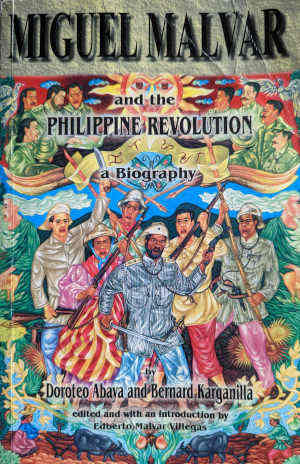
This biography, which is the first on General Malvar, reveals his close affinity with the Filipino peasantry and its folk beliefs. It relates his numerous battles and his Malvar from the time he was a gentlemen-farmer to his being catapulted to become the Supreme Head of the Philippine Republic in 1901 after the capitulation of the Aguinaldo group.
More Info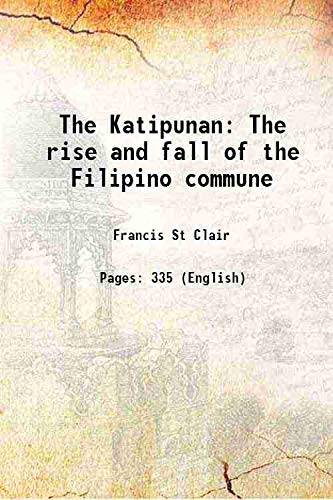
This work has been selected by scholars as being culturally important, and is part of the knowledge base of civilization as we know it. This work was reproduced from the original artifact, and remains as true to the original work as possible. Therefore, you will see the original copyright references, library stamps (as most of these works have been housed in our most important libraries around the world), and other notations in the work.
More Info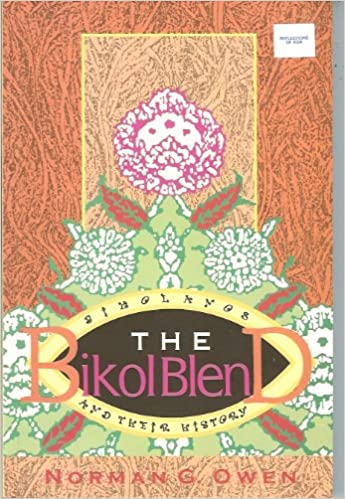
This is not, by and large, a story of "national heroes." The names that were featured in the essays may not be familiar to most readers: Antonio Martin Laurenciano, Fr. Josef Perciva, Pedro Estevan, Jose Ma. Penaranda, Simeon Ola, George H. Pierce, Carol Imperial, Ramon F. Santos. But their stage was municipal or provincial, far from the national spotlight that focused on Rizal and Quezon, de la Torre and Taft, they too had their parts to play in Philippine history.
More Info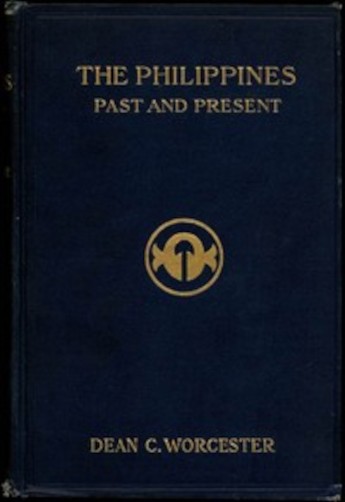
The book offers an extensive exploration of the Philippines, focusing on the effects of American colonization and governance during a significant period spanning from the Spanish-American War to the early years of American rule. Worcester, who served as the Secretary of the Interior in the Philippine Islands, presents a firsthand perspective on the political, social, and economic developments of the time, along with an analysis of the challenges faced by the Filipino people. The opening of the book establishes Worcester's credentials and his motivations for writing. He recounts his youthful experiences and the journey that ultimately led him to the Philippines, highlighting his initial interest in zoology and the hardships he faced during his travels. Worcester reflects on his time with American troops, discusses the relationships he built with Filipinos, and sets the stage for a detailed examination of topics such as the promise of independence, insurgent cooperation, and the historical context surrounding American intervention. His intent is to provide a clearer picture of the situation in the Philippines, address misconceptions, and ultimately portray the transition toward self-governance amidst the backdrop of colonial rule. (This is an automatically generated summary.)
More Info